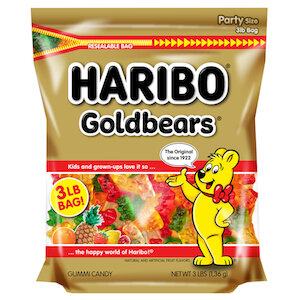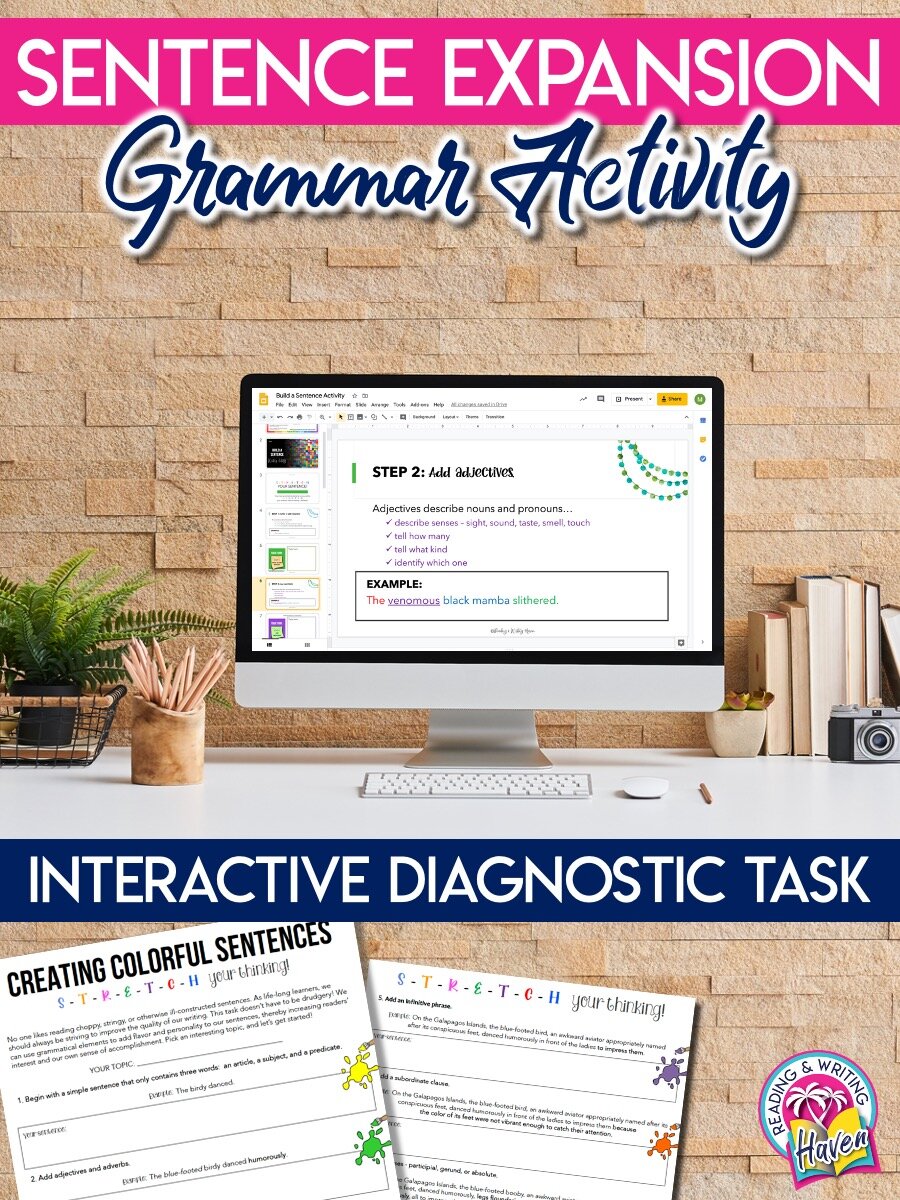Online or In School: 5 Writing Activities for B2S That Don't STINK!
The beginning of the school year is an important time to create a classroom writing community in which student writers feel safe to take risks with their writing throughout the school year. There are many writing activities and lessons that can work to create a writing community in the classroom that you can check out right here on the TeachWriting blog:
TEN Writing Assignments to Build a Writing Community in the Classroom
16 Meaningful Writing Activities that Engage Students
Meaningful Writing Lessons to Start the School Year
3 Activities to Get to Know Your Students as Writers
How to Teach Sketchnotes from a Distance
Foster a Writing Community in your Classroom by Creating a Class Blog
The goal for structuring writing assignments and activities at the beginning of the school year is to go beyond the obvious prompts and overused, cliche writing topics that include:
What did you do this summer?
Write a letter to your teacher to introduce yourself.
What do you expect to learn in this class?
What’s your favorite book?
Let’s face it! Writing topics like these just STINK! There are many other ideas to engage your students, and we wanted to come together as a team of teachers to share some new ideas that are creative, important, and FUN for students. The goal is to hook students right at the beginning of the year so that they begin to build comfort and confidence as writers in your class.
Here are FIVE Writing Activities for B2S that Don’t Stink!
Activity #1: Haribo Gummy Bears Review
Ok— so with this one, you may find yourself asking, Is this for real? But YES— it IS a REAL THING!
Certain brands have become a haven for inspiring creative writing through online reviews. One of the more popular ones is the Haribo Gummy Bears reviews found on Amazon by going here.
For some reason, the mythical nature of the gummy bear has spawned an entire world of creative stories inspired by these cute, little, yummy, gummy bears— that apparently are also LAXATIVES!!!
Click here to check out hilarious example reviews.
These reviews are particularly hilarious because people go to great lengths to describe their explosive stories using vivid imagery and literary devices. Not only that, but these gummy bears have inspired reviewers to craft entire short stories. Haribo Gummy Bear reviews have become an Internet sensation. Students can enjoy the hilarity of reading reviews and then writing their own creative versions.
Engaging students in creative writing in a real-world context is a great way to engage students! If you love starting the year with creative writing, then check out 50 Photos to Inspire Analytical Writing.
Activity #2: Craft a Character
A dash of creative writing engages students and help you see students’ strengths. A perfect activity is to craft a brand new character. You’ll hook students right at the beginning of the school year! Students can draw inspiration from other characters in books and movies or from photographs.
Students might want to write creatively, but they also might not know where to start. Use pictures for inspiration, and all students will find success as the school year starts!
With pictures, you’ll easily scaffold the writing process. As students work through the pictures, they’ll find inspiration which will then branch into other ideas. When students are given a “creative license,” they can engage in the process of constructing writing, which allows for choice. In turn, choice motivates students to want to write. It’s a win-win!
Students can present their characters to the class or use them to brainstorm new story ideas for books or movies.
Activity #3: Diagnostic Tasks
We can quickly gather data about students’ current writing and grammar readiness levels through diagnostic tasks. Diagnostic tasks are informal opportunities to survey students’ critical thinking and skill application. Basically, they are activities instead of assessments. Because diagnostic tasks are less pressure than a quiz or a test, and because they are more interactive in nature, teachers can get a true sense of where students are with certain skills.
For example, a grammar sentence expansion activity is perfect for a diagnostic task. As students work on expanding their basic sentences by adding one grammar element at a time, they will naturally ask questions and apply feedback. All of this is data teachers can use to drive instruction.
Example:
Consider this basic sentence: Jacky likes water.
We can ask students to add an adjective. Next, a prepositional phrase. As we observe students’ reactions, questions, and writing samples, we can see which grammar and writing elements we need to prioritize in our curriculum.
When diagnostic writing activities are scaffolded, they are not intimidating for students. And, because they aren’t a quiz, the activity is low pressure. Students can share ideas, get clarification, and be fully engaged in the revision process…all while we are collecting valuable information to get to know our learners and drive instruction.
Activity #4: Google Slides Comic Strip
Integrating writing into art and technology is a must during distance learning if you want to your students to buy in and be engaged!
This video describes steps students can take to create their very own comic strip using Google Slides, images, shapes and text boxes. Here are the steps to give students:
Change the dimensions of slides to 10 inches x 11 inches or you can have square panels that are 10 inches x 10 inches.
Insert images. You can find images on Pixabay or Google. If you are making a comic strip for educational purposes, using images from Google is legal under “Fair Use”.
Insert shapes (thought bubble, speech bubble, square etc.) and text to tell your story.
Go to File>Print settings and preview>Handout-6 slides per page>Download as PDF.
Activity #5: Children’s Books
Even secondary students love children’s picture books! A great children’s book to read during at the beginning of the school year to introduce writing is “Rocket Writes A Story” by Tad Hills. This book focuses on the main character who goes through different phases of the writing process from brainstorming ideas, to collecting meaningful words to finally writing his piece. The students always connect with the main character as he faces different struggles that all writers face.
Discussion topics found in this book include how to become a better writer, what happens if you have writer’s block, finding inspiration for writing stories, and how to add juicy words to your writing. Following a read-aloud of this book and discussing these topics, students can create an anchor chart or one-pager about “Struggles Writers Face.” This is a great anchor chart to leave up all year long as it will be helpful for the students each time you begin a new writing unit!
About Us
Click here to read more about our TeachWriting team!








